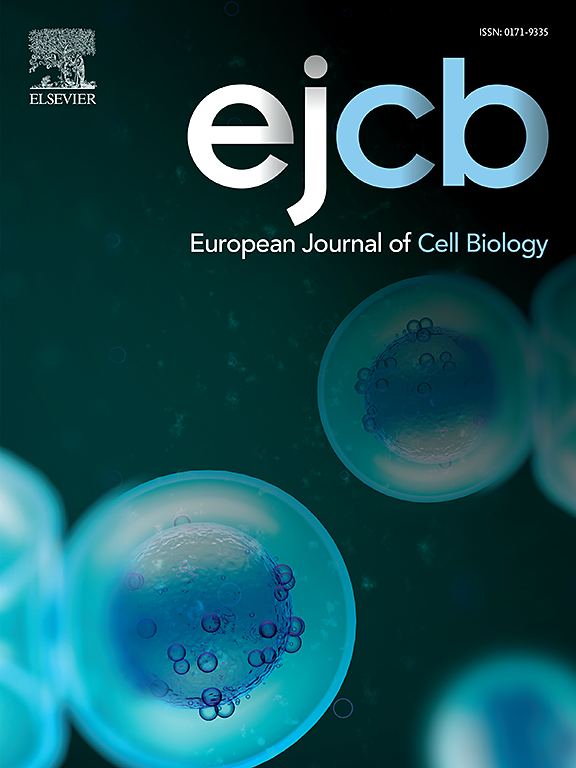胆管细胞类器官用于疾病、癌症和再生医学。
IF 4.3
3区 生物学
Q2 CELL BIOLOGY
引用次数: 0
摘要
胆道是一个由肝内胆管(IHBDs)和肝外胆管(EHBDs)组成的导管网络。胆管疾病包括胆管炎、肿瘤和损伤。然而,其潜在机制尚未完全了解。随着3D培养技术的进步,来源于原代组织或诱导多能干细胞(iPSCs)的类胆管细胞(cholangiocyte organoids, COs)可以准确地复制胆道组织的结构和功能特性。这些类器官已成为研究囊性纤维化和原发性硬化性胆管炎等胆道疾病发病机制和开发胆管癌新治疗策略的有力工具。此外,COs具有修复胆管损伤和促进移植治疗的潜力。本综述还讨论了类器官在基因工程小鼠模型中的应用,以提供肿瘤发生和癌症进展的机制见解。类器官技术的持续创新和标准化对于推进胆道疾病和癌症的精准医疗至关重要。本文章由计算机程序翻译,如有差异,请以英文原文为准。
Cholangiocyte organoids for disease, cancer, and regenerative medicine
The biliary tract is a ductal network comprising the intrahepatic (IHBDs) and extrahepatic bile duct (EHBDs). Biliary duct disorders include cholangitis, neoplasms, and injury. However, the underlying mechanisms are not fully understood. With advancements in 3D culture technology, cholangiocyte organoids (COs) derived from primary tissues or induced pluripotent stem cells (iPSCs) can accurately replicate the structural and functional properties of biliary tissues. These organoids have become powerful tools for studying the pathogenesis of biliary diseases, such as cystic fibrosis and primary sclerosing cholangitis, and for developing new therapeutic strategies for cholangiocarcinoma. Additionally, COs have the potential to repair bile duct injuries and facilitate transplantation therapies. This review also discusses the use of organoids in genetically engineered mouse models to provide mechanistic insights into tumorigenesis and cancer progression. Continued innovation and standardization of organoid technology are crucial for advancing precision medicine for biliary diseases and cancer.
求助全文
通过发布文献求助,成功后即可免费获取论文全文。
去求助
来源期刊

European journal of cell biology
生物-细胞生物学
CiteScore
7.30
自引率
1.50%
发文量
80
审稿时长
38 days
期刊介绍:
The European Journal of Cell Biology, a journal of experimental cell investigation, publishes reviews, original articles and short communications on the structure, function and macromolecular organization of cells and cell components. Contributions focusing on cellular dynamics, motility and differentiation, particularly if related to cellular biochemistry, molecular biology, immunology, neurobiology, and developmental biology are encouraged. Manuscripts describing significant technical advances are also welcome. In addition, papers dealing with biomedical issues of general interest to cell biologists will be published. Contributions addressing cell biological problems in prokaryotes and plants are also welcome.
 求助内容:
求助内容: 应助结果提醒方式:
应助结果提醒方式:


